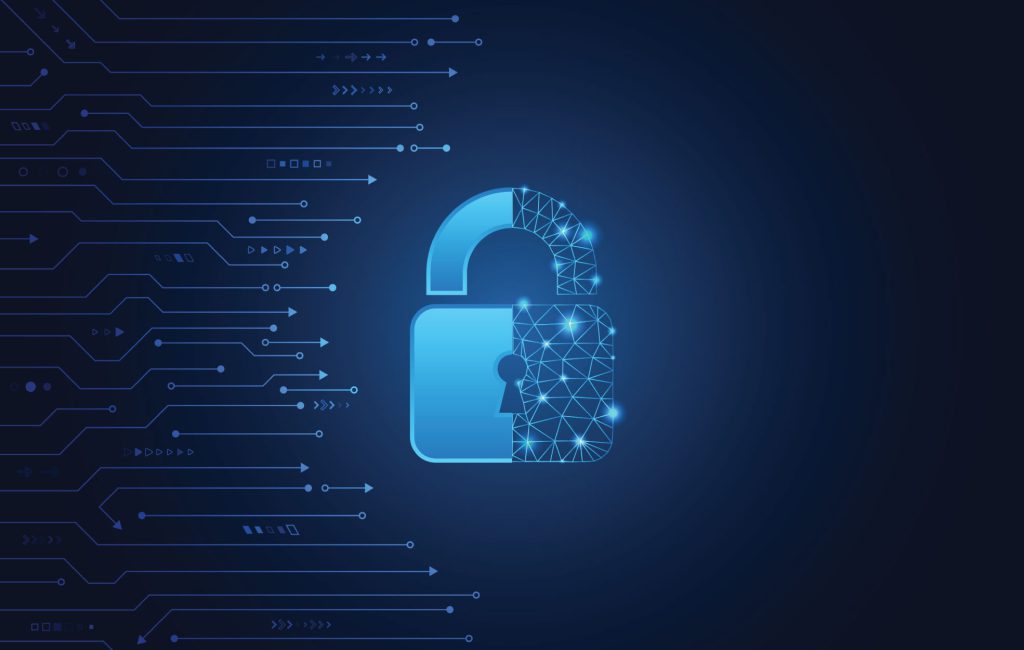Cybersecurity Best Practices: Educating Readers on Best Practices
for Securing Their Digital Assets
In today’s digital world, cybersecurity has become a top priority
for individuals and businesses alike. The increasing prevalence of cyber
threats such as phishing scams, ransomware attacks, and data breaches has made
it more important than ever to protect our digital assets. In this blog, we
will discuss some best practices for securing your digital assets, including
strong passwords, two-factor authentication, and secure network configurations.
Strong Passwords
One of the easiest and most effective ways to protect your digital
assets is by using strong passwords. A strong password should be at least 12
characters long and should include a mix of uppercase and lowercase letters,
numbers, and special characters. Avoid using personal information such as your
name, date of birth, or address as part of your password, as these can be
easily guessed or obtained through social engineering tactics. Instead, use a
combination of random words or phrases that are easy for you to remember but
difficult for others to guess.
Two-Factor
Authentication
Two-factor authentication (2FA) is an additional layer of security
that requires users to provide two forms of identification before accessing
their accounts. This can be in the form of a password and a verification code
sent to your mobile device, or a biometric factor such as facial recognition or
fingerprint scanning. Enabling 2FA can significantly reduce the risk of
unauthorized access to your accounts, as it makes it much more difficult for
cybercriminals to bypass your security measures.
Secure Network
Configurations
Another important cybersecurity best practice is to ensure that
your network configurations are secure. This includes using secure protocols
such as HTTPS and SSL/TLS for web traffic, implementing firewalls and intrusion
detection systems to monitor network traffic, and regularly updating software
and firmware to address any known vulnerabilities. It is also important to
limit access to sensitive data by implementing role-based access controls and
ensuring that data is encrypted both in transit and at rest.
Conclusion
In conclusion, cybersecurity is a critical concern in today’s
digital world, and it is important to take steps to protect your digital
assets. By following best practices such as using strong passwords, enabling
two-factor authentication, and implementing secure network configurations, you
can significantly reduce the risk of cyber threats such as data breaches and
identity theft. Remember, the security of your digital assets is in your hands,
so take the necessary steps to protect them today.


